Preparation for retirement is extremely important, and it extends well beyond finances. In addition to knowing how you’re going to fund it, you also need to know what your time will look like when you say you’re done with being a wage earner. With this new lifestyle, you not only need to determine how to fill up the hours in the day, but you also need to determine what your new purpose is. This can be a pretty significant task, which becomes even more complicated when you add another person to the equation. That’s why you need to work on your retirement compatibility with your partner way before you stop working.
Retirement Compatibility is a tricky thing. Statistics show that half of the couples disagree on their retirement age —and a third don’t see eye-to-eye about their expected lifestyle in retirement[i]. This is troubling as there are a lot of logistics you need to determine in this new chapter of your life. Will you be retiring at the same time? Typically, only 1 in 10 couples retire together[ii]. If you and your partner are planning on retiring at different times, you may want to look into how this change affects your health insurance. You may also want to consider re-establishing household roles. Equally important, you will need to find common ground on your retirement budget as it will require commitment from both parties.
Oftentimes, the difficulties in transitioning from a wage-earner to a retiree can go beyond the logistics. Some experience a period of depression as they look for a new purpose in life. As tempting as it may be, that new purpose shouldn’t be your partner. If you don’t plan correctly, you will suffer from what I call too much togetherness. This can be a very real strain on relationships. Instead, look at your life as being divided into “You Time, Me Time, and We Time.” To aid in this transition, you may want to try winding down your career gradually in order to practice retirement. This can prove to be a benefit to both yourself as you experiment with this new stage in your life and your employer as you stay on to train and mentor your replacement.
Start working on your retirement compatibility with your partner with regular financial date nights. Start discussing how you envision that new chapter in your life. What type of lifestyle do you want to live? Will there be a lot of dinners out with friends or home-cooked meals watching your favorite television show? Will you be traveling or developing a new passion? Will you work part-time or volunteer? Communication is key. Share your plans with your partner so that the two of you stay on the same page and prevent incorrect assumptions from being made.
Retirement, a lifestyle of six Saturdays and one Sunday, can be either a wonderful time or a stressful transition, depending on your planning. Make sure you and your partner’s planning extends beyond finances to ensure a smooth and joyous new chapter in your lives.
[i] https://www.fidelity.com/bin-public/060_www_fidelity_com/documents/couples-retirement-fact-sheet.pdf
[ii] https://assets.aarp.org/rgcenter/general/retired_spouses.pdf
The opinions voiced in this material are for general information only and are not intended to provide specific advice or recommendations for any individual. To determine what is appropriate for you, consult a qualified professional.

